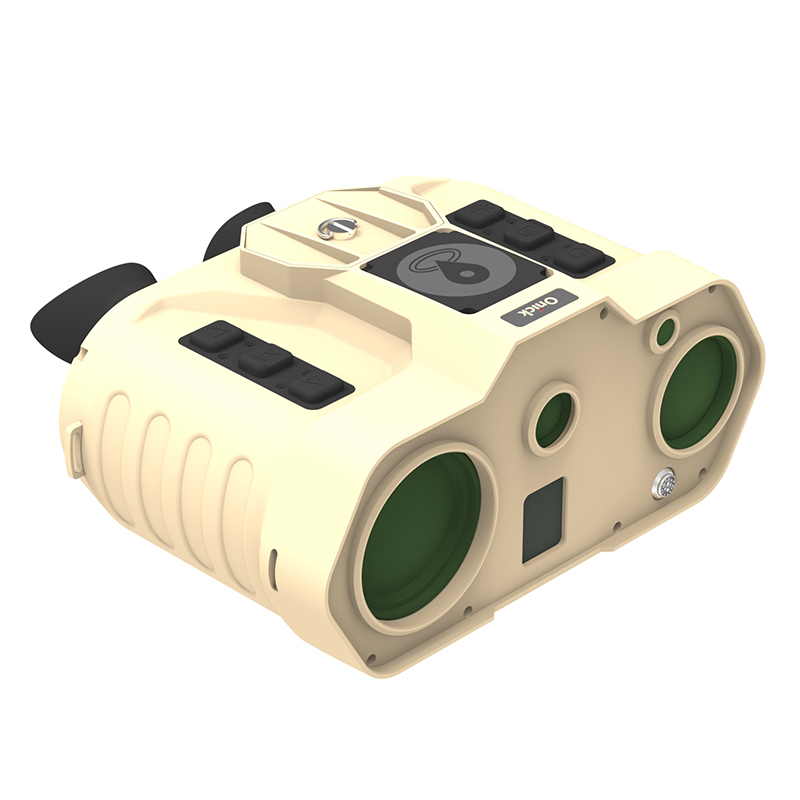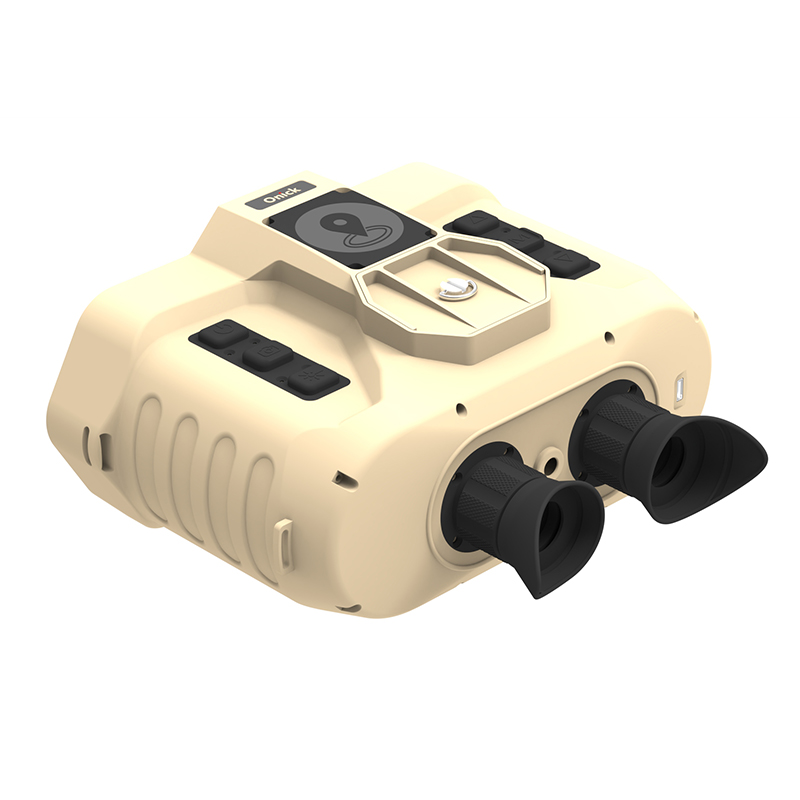1. Introduction
Dual-fusion thermal imager technology, as an important branch of modern telescope technology, combines the advantages of low-light night vision and infrared night vision technology, and can achieve high-definition and high-sensitivity target observation under various lighting conditions. The following will analyze the dual-fusion thermal imager technology in detail.

2. Dual-light fusion principle
The core technology of the dual-fusion thermal imager lies in "dual-light fusion", that is, the combination of low-light night vision technology and infrared night vision technology. Low-light night vision technology is to enhance the weak target image illuminated by night sky light for observation through night vision goggles with image intensifier tubes. Infrared night vision technology detects the infrared radiation emitted by objects and converts thermal radiation images into visible light images to achieve night observation. Dual-light fusion technology combines these two technologies to make imaging resolution higher and monomers easier to identify.
3. Technical features
1. Multiple high-definition imaging modes: Dual-fusion thermal imagers support multiple high-definition imaging modes, including low-light night vision mode, infrared night vision mode and dual-light fusion mode, to meet the observation needs under different lighting conditions.
2. Four-fold fusion optical zoom: This technology provides four-fold fusion optical zoom, which can magnify the observed target and maintain high clarity, making detailed observation more accurate.
3. Distance measurement, photo taking, and video recording functions: The dual-fusion thermal imager is equipped with distance measurement, photo taking, and video recording functions, and supports a maximum storage of 32G, which is convenient for users to record observation data.
4. Compact structure and low energy consumption: The instrument adopts a compact structure design, which is convenient to carry and use. At the same time, its energy consumption is low, which can ensure a long battery life.
5. High-sensitivity long-wave infrared imaging: Using 8-14μm high-sensitivity long-wave infrared imaging technology, it can detect a temperature difference of less than 0.1℃, improving the sensitivity and accuracy of observation.
The binocular fusion thermal imager adopts integrated technologies such as ultra-low illumination COMS, infrared thermal imager, electronic compass, GPS, video compression storage and control. It can be used for tactical reconnaissance, surveillance and identification of camouflaged targets day and night, and has the characteristics of small size, easy to carry and use, and good environmental adaptability.

4. Product parameters:
Infrared thermal imager
Detector type: Vox uncooled
Number of pixels: 640 × 512
Working band: 8μm~12μm
Lens: 70mmF1.0
Low illumination camera
Target resolution: 1920×1080
Focal length: 15mm
Illumination: 1x10-21x
Small field of view high-definition camera
Target resolution: 1920× 1080
Focal length: 105mm
Fog penetration: automatic or manual IR-CUT
Laser ranging
Range: 20-5000m
Frequency: 1~5Hz
Ranging accuracy: ≤3m
Red dot indication
Laser wavelength: 650nm
Color: red light

